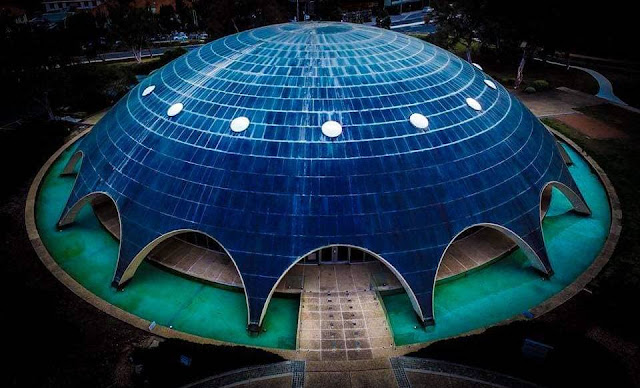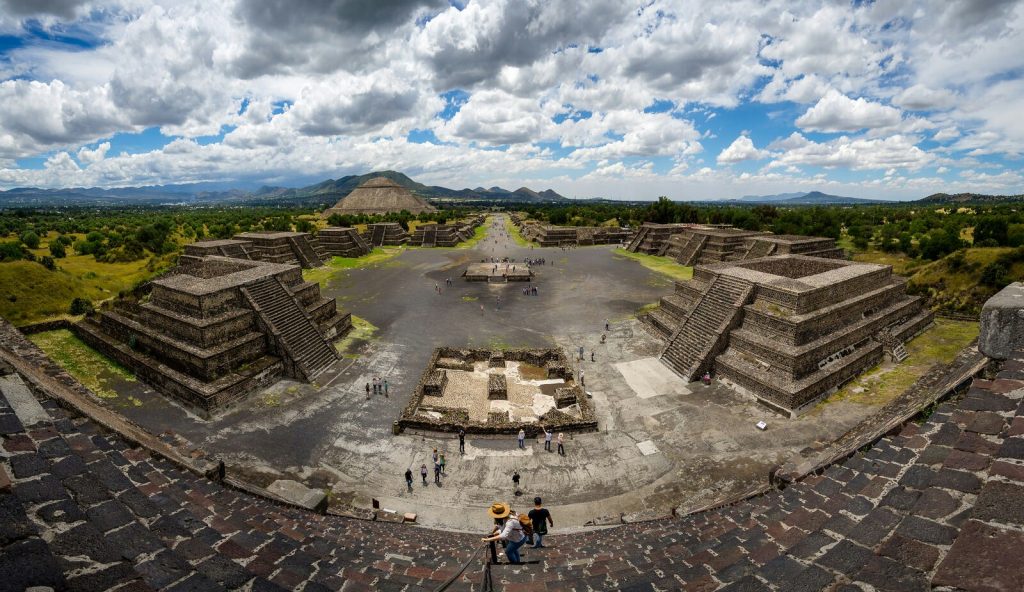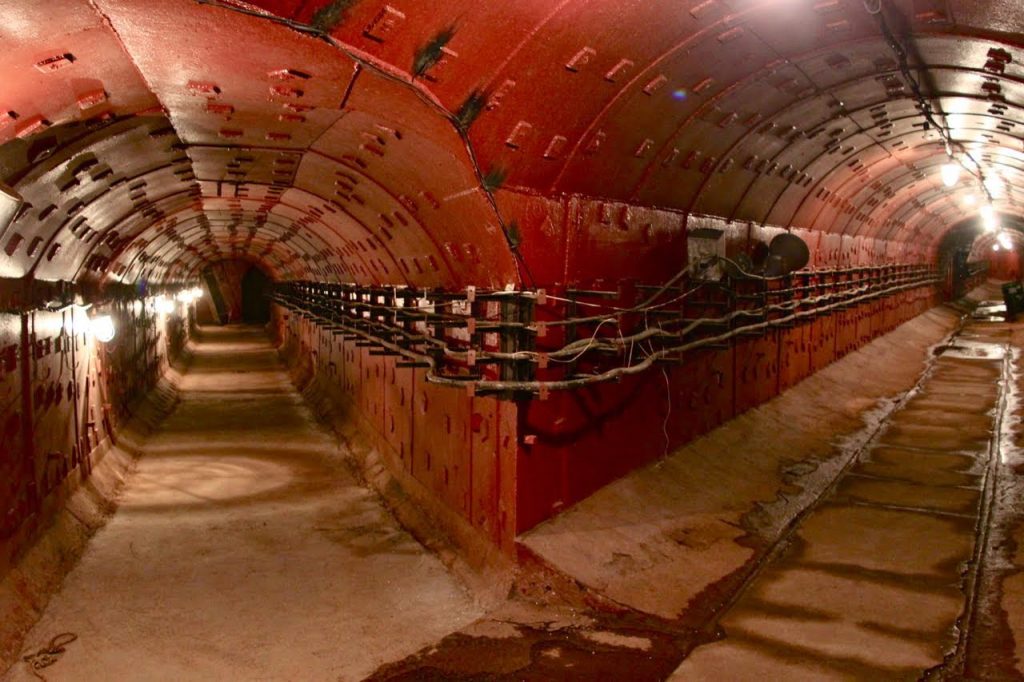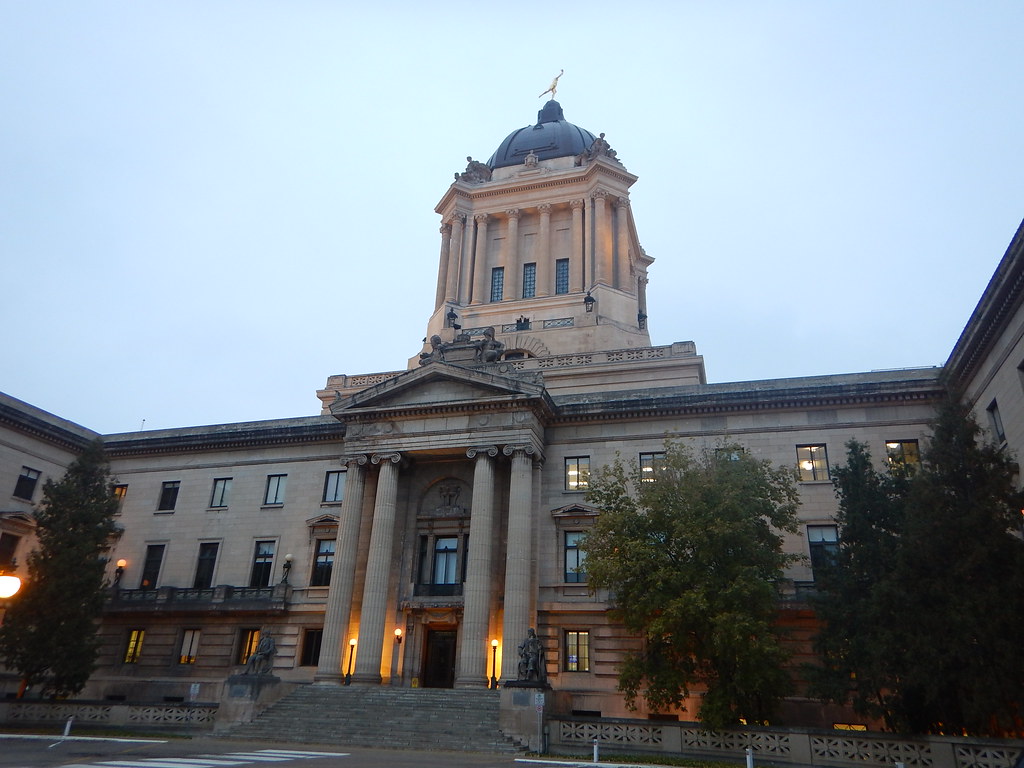Remember as a kid you fantasised about exploring secret castles, temples or caves as the next Indiana Jones? Or perhaps about solving a Da Vinci Code? You might be surprised then to hear these puzzles do in fact exist, with many hiding in plain sight. And you can visit these strange buildings and sites on your next holiday.
Here are just a few.
 |
The Shine Dome of the Australian Academy of Science – Canberra, Australia Image: Trent Huber / with permission Image: Trent Huber / with permission |
If you’ve ever done one of Tim the Yowie Man’s Canberra tours, you’ll know he has an obsessive fascination with the bizarre and mysterious. The journalist, author and tour guide regularly entertains visitors on ghostly and paranormal treks around our capital and he lists the so-called ‘Martian Embassy’ as one of his favourite weird buildings.
“Many of these unusual stories could easily be categorised as urban legends,” says Tim. “However, it turns out most aren’t myths at all.”
It is true that people became mysteriously ill when seated in the 60-year-old building’s auditorium, which is also known by its official name, the Shine Dome of the Australian Academy of Science. It turned out a weird lack of uniformity in the ceiling and wall decor was making people seasick.
That issue was solved, but the Dome – at just under 50 metres in diameter is one of the largest free-standing domes in the world – soon gained a reputation as an out-of-this-world structure thanks in part to appearances in the 2015 Australian award-winning TV series, The Code. Nevertheless, The Dome continues to attract pranksters from the ANU as part of their secret student initiation rites.
Manitoba Legislature – Winnipeg, Canada
Looking at the vast frontage of Manitoba’s Legislature building in Winnipeg, most people simply admire the majesty of an impressive civic building in the downtown precinct of the capital.
But wait, there’s more. Lots more. Canadian architectural historian, the delightfully eccentric Dr. Frank Albo spent ten years thoroughly researching and infiltrating the secretive Freemasons to unlock the secret codes hidden in this intriguing building.
“It’s like something straight out of the Da Vinci code,” the ebullient Albo announces at the beginning of one of his sell-out Hermetic Code tours, “what, for example, are two ancient Egyptian sphinxes doing up there? But that’s just the start.”
Albo claims the Manitoba Legislature is “the most sophisticated Hermetic building in the world”.
Herma-what? The so-called Hermetic Code is a series of hidden signs with a basis in occult tradition encompassing alchemy, astrology, and theosophy. The Freemasons denounce Dr. Albo’s work as simply “bad history”, but it’s a great tour nonetheless.
Teotihuacan – Valley of Mexico, Mexico
 Image: Wikimedia
Image: WikimediaWhile academics argue about the age and origin of the ancient central American city of Teotihuacan, its mysteries are slowly being revealed.
Believed to be around 1000 years old, it is not Toltec, Incan or Aztec, but rather a little known civilisation some scholars believe to be the Totonac, an indigenous race whose ancestors still inhabit the region.
“It was the largest city anywhere in the Western Hemisphere before the 1400s,” says George Cowgill, an archaeologist at Arizona State University and a National Geographic Society grantee. “It once sustained a population of around 100,000.”
Regardless of the identity of the builders, some of their rites and rituals were downright scary. Archaeologists have unearthed numerous headless corpses of both humans and animals within the main temple, the so-called Pyramid of the Moon.
Decapitated bodies with hands bound and dumped in pits at various locations indicate that human sacrifice was common. Some are men, some are women, some are clad in finery and adorned with jewels, while others are clearly warriors. No one knows how or why they died out. Maybe they just ran for their lives?
Aerospace Maintenance and Regeneration Group – Arizona, US
 |
| Image: William Dore / Flickr |
The United States Air Force (USAF) has the largest number of planes of any air force in the world with some 5000 aircraft in service at any one time. Keeping an air force of this size up to date is a very expensive business especially when you consider that the newest fighter aircraft, the F-35A Lightning, costs around US$100 million a pop.
It follows that many aircraft are withdrawn from service due to age. So what happens to these planes?
The 309th Aerospace Maintenance and Regeneration Group (AMARG), often called by its nickname ‘The Boneyard’, is located in the desert near Tucson, Arizona. It is normal for there to be around 4000 mothballed and retired warplanes there at any one time, making it a very valuable parking lot.
Initially, old planes were simply chopped up by a huge guillotine blade dropped from a crane, but nowadays they are more carefully dismantled to recover spare parts.
Can you visit? Sure. The Arizona Aerospace Foundation, which also operates the Pima Air and Space and Titan Missile Museum, conducts weekday tours of the AMARG where the aircraft are stored.
Bunker 42 – Moskva, Russia
 |
| Image: Bunker42 / supplied |
Those of us old enough to remember will know of times during the Cold War when fiery death was predicted to rain down upon us in the form of nuclear-tipped ballistic missiles.
The Soviets (modern-day Russians) were not going to be caught off guard, so they built a virtual city 65 metres under Moscow. This enormous 7000 sq metre shelter had tunnels connecting the numerous chambers, complete with hospitals, canteens, water and enough stores to sustain a population of 3000 for up to three months.
Its official title is the Tagansky Protected Command Point, with secret building works beginning in 1951 under the guise of subway renovations. After the fall of the USSR, it was sold to private owners and has become a museum and subterranean entertainment complex, known as Bunker 42.
When you take a tour, guides in KGB uniforms will show you what life after Armageddon would be like in Soviet Russia. God help us.
(Lead image:Image: Trent Huber / with permission)
Originally published at The Upsider
All material (c) Copyright Traveloscopy.com unless noted otherwise.
All material (c) Copyright Traveloscopy.com unless noted otherwise.



No comments:
Post a Comment